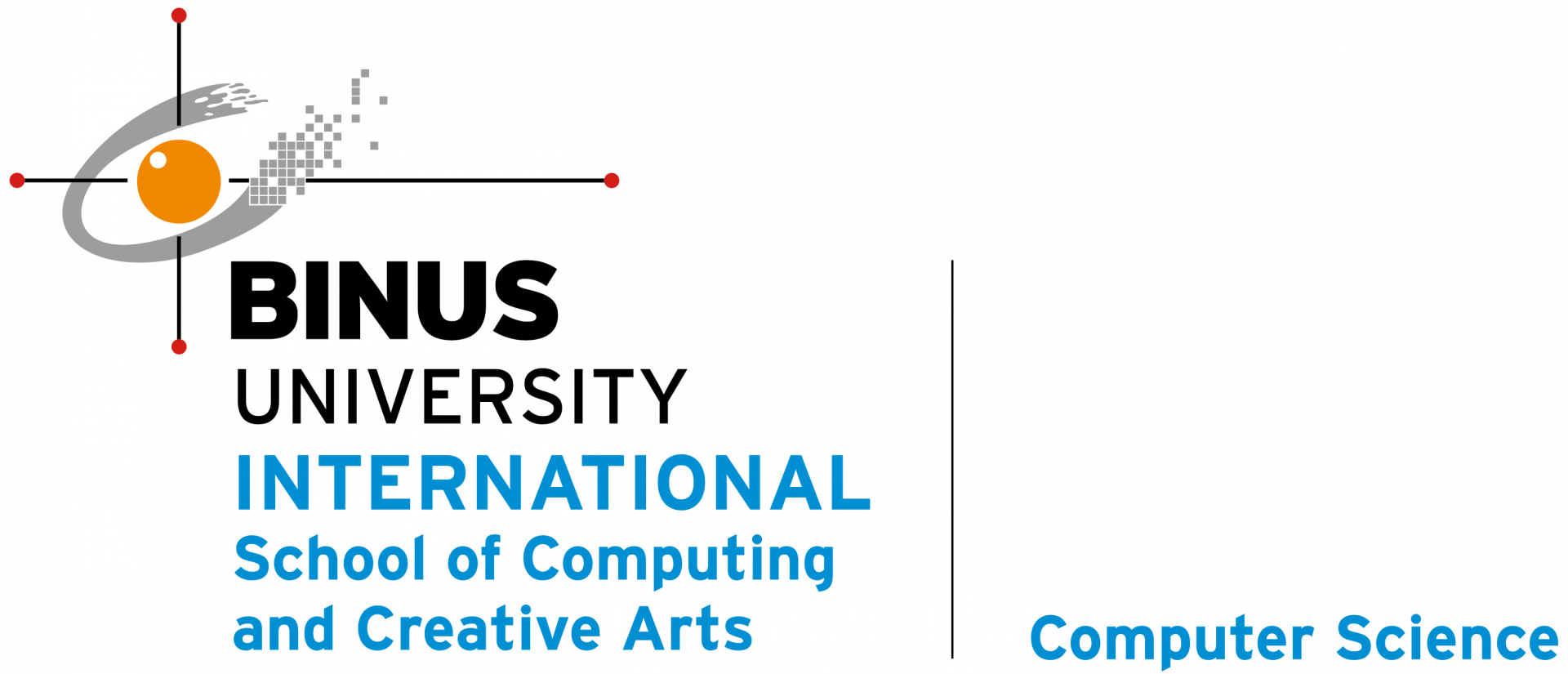Artificial Intelligence Definition
By: Nunung Nurul Qomariyah, Ph.D
There is a quote from the AI textbook by Russel and Norvig (2016) , it says that a system is rational if it does the right thing given what it knows. So, in other words, if it doesn’t have enough information it can’t act rationally.
If you heard about the terms AI, you must be thinking of somewhat sophisticated, clever, smart, automatic, something like that. But, how about the definition of AI itself according to some experts that initiate this technology. Actually, there are lots of AI definition out there, but here, Russel and Norvig make it simpler and put them in four big points.
First, AI is a system that can think like a human. Thinking humanly means cognitive modelling. We need to get inside the actual workings of human minds. It can be achieved through three different ways: through introspection— that is trying to catch our own thoughts as they go by, or by psychological experiments—that is observing a person in action; OR we can do it through brain imaging— by observing the brain in action.
The second definition, AI is a system that thinks rationally. As I mentioned before, rational means it does the right thing given what it knows. In here we use the laws of thought approach by using logics. Do you know Aristotle’s syllogisms? they provide patterns for argument structures that always produce correct conclusions when given correct premises.
AI can also be seen as acting like a human. We probably already know about Turing test, where one of the humans will become the questioner asking the same question to both system and a real human. If the system reacts the same way as humans do, then we can consider that system is an AI.
Some experts also define AI as a system that acts rationally. Here we use rational agents which can operate autonomously, perceive their environment, persist over a certain time period, adaptive and be able to create and pursue goals.
For thousands of years, we have tried to understand how we think; that is, to perceive, understand, predict, and manipulate a world. We can’t find a single definition of AI itself, but according to Russel and Norvig (2016), it can be categorized into four groups:
1. Thinking Humanly
“The exciting new effort to make computers think . . . machines with minds, in the full and literal sense.” (Haugeland, 1985)
“[The automation of] activities that we associate with human thinking, activities such as decision-making, problem solving, learning . . .” (Bellman, 1978)
It uses cognitive modelling. We need to get inside the actual workings of human minds. There are three ways to do this: through introspection—trying to catch our own thoughts as they go by; through psychological experiments—observing a person in action; and through brain imaging—observing the brain in action.
2. Thinking Rationally
“The study of mental faculties through the use of computational models.”
(Charniak and McDermott, 1985)“The study of the computations that make it possible to perceive, reason, and act.” (Winston, 1992)
Thinks with Logics: Aristotles syllogisms provided patterns for argument structures that always yielded correct conclusions when given correct premise
3. Acting Humanly
“The art of creating machines that perform functions that require intelligence when performed by people.” (Kurzweil, 1990)
“The study of how to make computers do things at which, at the moment, people are better.” (Rich and Knight, 1991)
Example of this definition is Turing test: During the test, one of the humans functions as the questioner, while the second human and the computer function as respondents.
4. Acting Rationally
“Computational Intelligence is the study of the design of intelligent agents.” (Poole et al., 1998)
“AI …is concerned with intelligent behavior in artifacts.” (Nilsson, 1998)
Example of this definition is a Rational Agents: They operate autonomously, perceive their environment, persist over a prolonged time period, adapt to change, and create and pursue goals
References:
- Russel, S., & Norvig, P. Artificial Intelligence: A modern approach, 2016. EUA: Prentice Hall
- Haugeland, J. (Ed.) Artificial Intelligence: The Very Idea, 1985. MIT Press
- Bellman, R. E. An Introduction to Artificial Intelligence: Can Computers Think”, 1978. Boyd & Fraser Publishing Company
- Charniak & McDermott. Introduction to Artificial Intelligence, 1985. Addison-Wesley
- Winston, P.H. Artificial Intelligence, 1992. Addison- Wesley
- Kurzweil. The Age of Intelligent Machines, 1990. MIT Press
- Rich & Knight. Artificial Intelligence, 1991. McGraw-Hill
- Poole, Mackworth & Goebel. Computational intelligence: A logical approach, 1998. Oxford University Press
- Nilsson. Artificial Intelligence: A New Synthesis, 1998. Morgan Kaufmann

